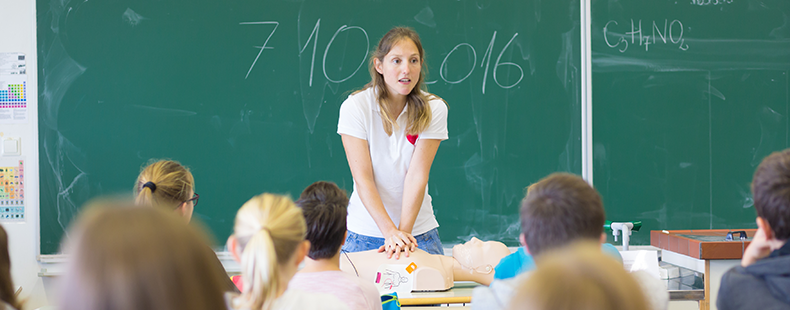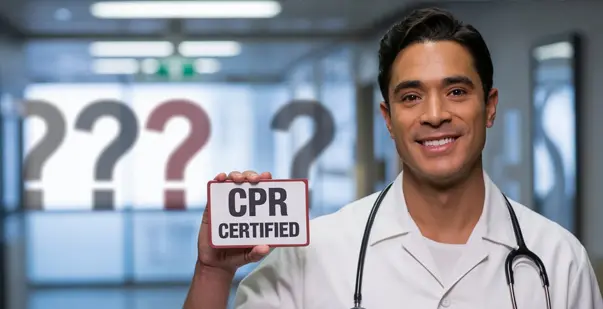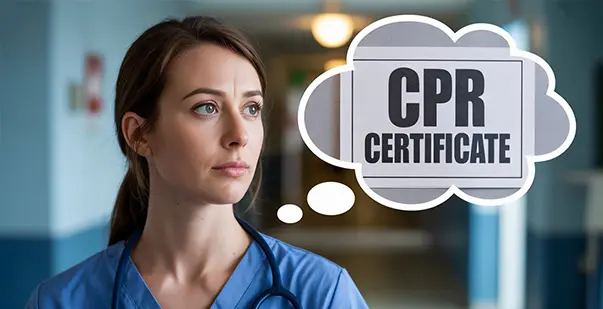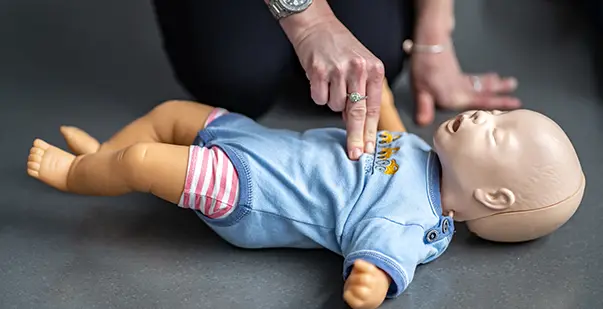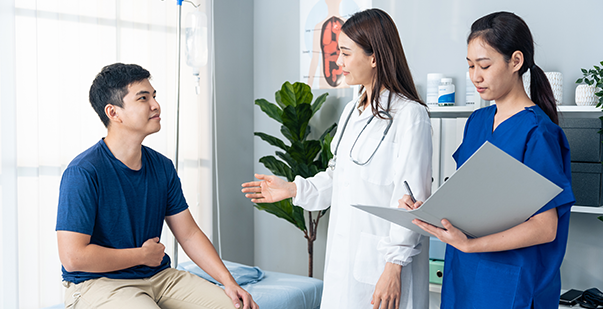CPR stands for Cardio-Pulmonary Resuscitation, which is a medical procedure used to help someone who has stopped breathing or whose heart has stopped beating. This article talks about the dos and don'ts of CPR Best Practices for physicians and nursing staff.
Additionally, learning about the best practices and mistakes to avoid through a CPR training program is the best idea. And if your schedule keeps you busy, why not opt for an online course which is equally comprehensive and allows for a great flexibility? Well, your answer is Learntastic.
Our online CPR training and certification program is designed to fit in the busy routine of healthcare providers. It’s budget-friendly and adaptable. It also helps you earn CE hours while you’re at it! Enroll today!
5 CPR best practices to implement for Physicians and Nursing Staff
Here are some best practices for physicians and nursing staff to follow when performing CPR:
- Make sure you are safe
Before performing CPR, it's important to make sure you are safe and that there are no potential dangers around you or the person you are helping.
- Check for responsiveness
Tap the person gently and shout their name to see if they respond. If they don't, ask someone nearby to call for emergency medical services right away.
- Perform chest compressions
Place the person on their back. Kneel on both of your knees beside them. Place one hand on top of the other and put them on the center of the person's chest. Push down hard and fast, at least 2 inches deep, and then let the chest come back up before pushing down again.
- Give rescue breaths
If you are trained in CPR, you can also give rescue breaths. Gently tilt the person's head back. Lift their chin, and softly pinch their nose. Give two breaths into their mouth and then continue with chest compressions.
- Continue CPR
Keep performing chest compressions and rescue breaths until emergency medical services arrive or until the person starts breathing on their own.
Remember, performing CPR can be a critical and life-saving procedure, but it's important to make sure you are trained and follow these best practices to ensure the best chance of survival for the person you are helping.
Mistakes to avoid while performing CPR for Physicians and Nursing Staff
When performing CPR, there are some mistakes that physicians and nursing staff should avoid. Here are a few of them:
- Not calling for emergency medical services right away
If someone is not breathing and their heart has stopped, it's important to call for emergency medical services right away. Sometimes people may hesitate to call for help, but it's important to remember that time is critical when it comes to performing CPR.
- Not performing compressions correctly
When performing chest compressions, it's important to make sure you are pushing down hard and fast on the chest. It's also important to let the chest come back up before pushing down again. This helps to pump blood through the body and keep the person alive.
- Not giving rescue breaths
If you are trained in CPR, it's important to give rescue breaths along with chest compressions. This helps to provide oxygen to the person's body and keep their organs functioning.
- Not stopping to reassess the person
It's important to stop performing CPR and re-assess the person's condition after a few minutes. If they start breathing on their own or their pulse returns, you should stop performing CPR.
It is crucial to follow proper CPR procedures and avoid errors in order to maximize the likelihood of saving the life of the person you are attempting to assist. While performing CPR can be a life-saving intervention, precision and attention to detail are essential to optimize its effectiveness.

